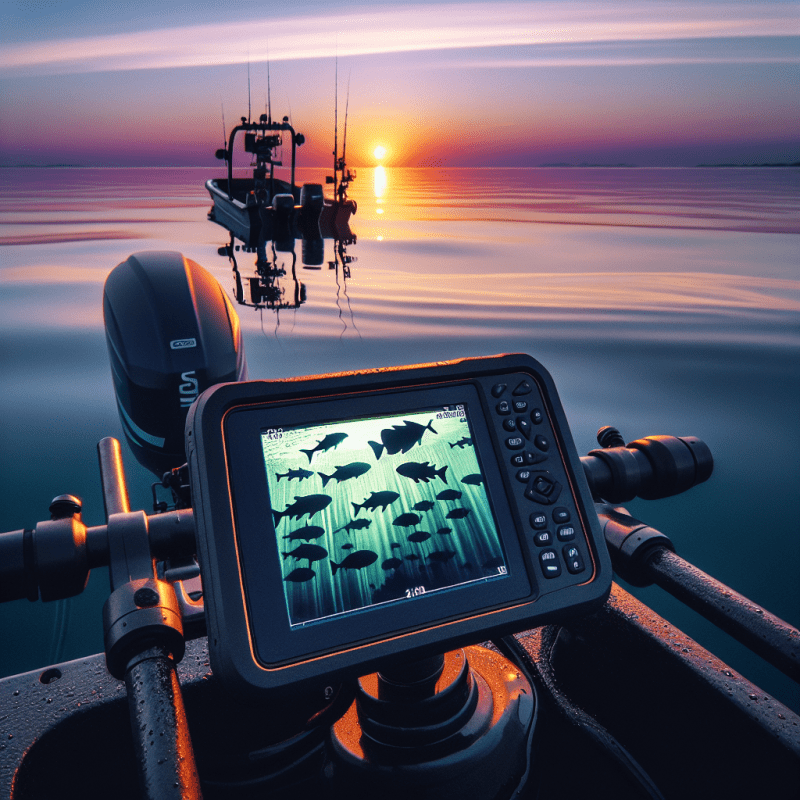When it comes to fishing, choosing the right rod is essential. There are various types of fishing rods available, each designed to suit different fishing styles and environments. By understanding the different options, you can make an informed decision and enhance your fishing experience. Let's delve into some of the most popular fishing rod types and explore their unique characteristics.
Spinning Rods
Spinning rods are a great choice for beginners due to their versatility and ease of use. They feature a reel mounted underneath the rod, allowing for smooth and efficient casting. Whether you're fishing in freshwater or saltwater, spinning rods can handle a wide range of fish species. Additionally, they are known for their sensitivity, making it easier to detect subtle bites and movements underwater. So, whether you're casting lures or live baits, a spinning rod is an excellent all-around option.
Baitcasting Rods
Baitcasting rods are often favored by experienced anglers who have mastered the art of precision casting. The reel is positioned on top of the rod, providing better control over the line's release. These rods are typically used when targeting larger fish species or in situations that demand precise lure placement. With baitcasting rods, you can accurately cast into specific spots, such as under overhanging trees or alongside submerged structures. While they may require practice and skill to handle effectively, baitcasting rods offer unparalleled accuracy and power.
Fly Rods
Fly fishing requires a unique set of skills and equipment, with fly rods being the cornerstone of this angling technique. Fly rods are specifically designed to cast lightweight flies made of feathers, fur, and other materials. They are longer and more flexible than other types of rods, allowing for delicate presentation of the fly on the water's surface. With excellent control and accuracy, fly rods are ideal for catching trout and other freshwater species. So, if you aim to enjoy the peaceful art of fly fishing in streams, rivers, or lakes, a fly rod is an indispensable tool in your angling arsenal.
Choosing the Right Fishing Rod: Factors to Consider
When it comes to fishing, having the right equipment can greatly enhance your experience and increase your chances of success. Of all the tools in a angler’s arsenal, the fishing rod is perhaps the most important. With so many options available, selecting the right fishing rod can be overwhelming. However, by considering a few key factors, you can ensure that you choose a rod that fits your needs and preferences.
1. Fishing Technique: The first crucial factor to consider when selecting a fishing rod is your preferred fishing technique. Different techniques such as casting, trolling, and fly fishing require different types of rods. For example, if you enjoy casting lures, a spinning rod with a flexible tip is ideal as it allows for accurate casting. On the other hand, if you love fly fishing, a fly rod with a long, flexible design is more suitable for the delicate and intricate motions involved. 2. Rod Material: Fishing rods are typically made from graphite, fiberglass, or a combination of the two. Each material has its own advantages and limitations. Graphite rods are lightweight and sensitive, making them ideal for detecting subtle bites and providing better control. Fiberglass rods, on the other hand, are more durable and flexible, making them better suited for heavy-duty fishing or beginners who may be less gentle with their gear. Choosing the right material largely depends on your level of experience and the type of fish you are targeting. 3. Rod Length and Power: The length and power of a fishing rod are critical factors that determine its casting ability, hook-setting power, and fish-fighting capabilities. Longer rods offer greater casting distance and control, making them suitable for open water fishing. Short rods are perfect for fishing in tight spaces or for targeting fish in areas with lots of vegetation. The power of a rod refers to its ability to handle different weights of lures or fish. Light power rods are suitable for smaller fish, while heavy power rods are designed for larger species or heavy lures. The right combination of length and power will provide you with superior performance and help you achieve your angling goals.Understanding Fishing Rod Materials: A Comprehensive Overview
When it comes to selecting the perfect fishing rod, understanding the various materials used in their construction is key. The choice of materials can greatly impact the rod's performance, durability, and even its price. In this comprehensive overview, we will explore the most common types of fishing rod materials and their pros and cons.
Fiberglass
Fiberglass is a popular choice for fishing rods due to its affordability and durability. Known for its flexibility and resistance to breaking, fiberglass rods are great for beginners and anglers who prefer a more forgiving and sturdy rod. While they may not offer the same sensitivity as other materials, fiberglass rods excel in handling heavier baits and larger fish, making them ideal for freshwater and saltwater fishing alike.
Graphite
Graphite, also known as carbon fiber, is a lightweight and sensitive material commonly used in high-performance fishing rods. Due to its incredible strength-to-weight ratio, graphite rods provide exceptional sensitivity, allowing anglers to feel even the most subtle bites. However, they tend to be more expensive than fiberglass rods and can be more brittle, requiring careful handling to avoid damage. Graphite rods are often favored by experienced anglers who prioritize sensitivity and accuracy in their fishing technique.
Carbon Fiber Composite
Carbon fiber composite rods combine the advantages of both fiberglass and graphite materials. By using a combination of carbon fiber and other composite materials, these rods offer improved strength, sensitivity, and flexibility. Carbon fiber composite rods strike a balance between affordability and high performance, making them a popular choice among intermediate and advanced anglers. Additionally, these rods often have a sleek design and can be lighter than traditional fiberglass rods.
Proper Fishing Rod Maintenance: Tips for Longevity
Fishing rods are not just tools of the trade, they are also valuable investments for any angler. Whether you're a novice or seasoned fisherman, taking good care of your fishing rod is essential for its longevity and optimal performance. With proper maintenance, you can ensure that your rod remains in top-notch condition and serves you well for many fishing adventures to come.
One of the most important aspects of fishing rod maintenance is keeping it clean. After each fishing trip, make sure to rinse your rod thoroughly with freshwater to remove any salt, sand, or dirt residues. Use a gentle stream of water and a soft cloth or sponge to wipe down the rod from butt to tip. Pay special attention to the reel seat and guides, removing any debris or gunk that may have accumulated. This regular cleaning routine will not only keep your rod looking shiny and new, but it will also prevent any corrosion or damage caused by saltwater or grime buildup.
In addition to regular cleaning, it's crucial to store your fishing rod properly. When not in use, avoid leaning it against walls or leaving it lying on the ground, as this can lead to bending or breakage. Invest in a rod holder or rack to keep your rod secure and protected. If you're traveling, use a sturdy rod case to shield it from any potential damage. Remember to remove the reel and store it separately, ensuring that the rod is dry and completely covered to avoid any exposure to moisture that could cause rusting.
Lastly, inspect your fishing rod regularly for any signs of wear and tear. Pay attention to the guides, looking for any cracks, chips, or loose rings. If you notice any damage, it's best to get it repaired by a professional before it worsens. Additionally, check the handle and reel seat for any loose or wobbly parts that may need tightening. By addressing these issues early on, you can prevent further damage and prolong the lifespan of your beloved fishing rod.



